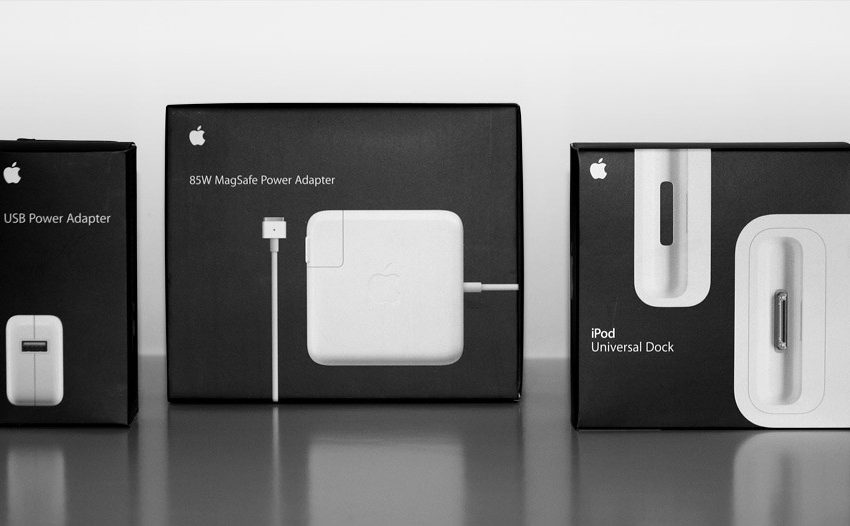Cost-Effective Electronics Packaging Strategies for Small Businesses

In the competitive world of small businesses, particularly those dealing in electronics packaging plays a pivotal role in customer satisfaction, product protection, and brand image. However, managing costs while maintaining quality can be challenging. This article explores cost-effective packaging strategies for small electronics businesses, ensuring both safety and appeal without breaking the bank.
Understanding the Importance of Electronics Packaging
Before delving into cost-effective strategies, it’s crucial to understand why packaging is so important for electronics. Quality packaging protects the product from mechanical damage, environmental factors, and electrostatic discharge, which are particularly critical in electronics. Additionally, well-designed packaging can enhance the customer’s unboxing experience, thereby boosting brand loyalty and reputation.
Opt for Lightweight Materials
Reduce Shipping Costs
One of the most effective ways to cut packaging costs is by choosing lightweight materials. Lightweight packaging reduces shipping costs significantly, as most carriers charge based on weight. Materials like thin plastic, bubble wrap, and air pillows provide excellent protection and are very light.
Maintain Product Safety
While it’s important to keep the packaging light, ensure it still offers sufficient protection. Using custom foam inserts that precisely fit the contours of your electronics can prevent movement and absorb shocks during transit.
Leverage Bulk Buying
Lower Per Unit Cost
Purchasing packaging materials in bulk can significantly reduce the cost per unit. Suppliers often offer discounts for large orders, making this a viable option for small businesses looking to economize.
Streamline Inventory Management
Buying in bulk also helps in managing inventory more efficiently, reducing the need to reorder frequently and saving on administrative costs.
Implement Efficient Design
Minimize Material Use
Efficient design not only pertains to the aesthetic aspect but also to the practical use of materials. Design your packaging to use the minimal amount of material necessary without compromising on the protection or integrity of the product.
Optimize Packaging Size
Customizing the packaging size to fit the product perfectly can reduce material waste and lower costs. Smaller packages also mean more items can be transported simultaneously, decreasing shipping costs.
Choose Sustainable Materials
Boost Brand Image
Using eco-friendly materials can enhance your brand image and appeal to a growing demographic concerned with environmental impact. Materials such as recycled cardboard or biodegradable plastics are often competitively priced and can save money in the long run through customer loyalty and potential tax incentives.
Reduce Environmental Impact
Sustainable packaging not only helps the planet but also aligns with global trends towards sustainability, potentially opening up new markets and customer bases.
Utilize Multi-Functional Packaging
Combine Protection with Marketing
Design your packaging to serve multiple purposes. For instance, include handles to make the package easier to carry, which adds convenience for the user and can reduce the need for additional carry bags.
Use Packaging as a Marketing Tool
Incorporate your branding into the packaging design. A well-designed, eye-catching package can act as a marketing tool in itself, promoting brand recognition and customer loyalty.
Regularly Review and Optimize
Conduct Periodic Reviews
Regularly review your packaging strategy to ensure it remains cost-effective and meets your protection needs. Market conditions, shipping regulations, and material costs can change, so staying informed and adaptable is key.
Test and Adapt
Continuously test new materials and designs on a small scale before fully implementing them to gauge their effectiveness and cost-efficiency. Adapt based on feedback and testing results to optimize your packaging strategy continuously.
FAQs
Q: What is the most cost-effective packaging material for electronics?
A: Lightweight materials like air pillows and bubble wrap are cost-effective, providing good protection with minimal weight.
Q: How can packaging design reduce costs?
A: Efficient design minimizes the use of materials and optimizes the size to fit the product snugly, reducing waste and shipping costs.
Q: Are sustainable packaging materials more expensive?
A: While some sustainable materials might have a higher initial cost, they can be cost-effective in the long run due to customer preference, reduced waste, and potential tax benefits.
Q: How often should I review my packaging strategy?
A: It’s wise to review your packaging strategy at least annually or whenever there are significant changes in your product line, market conditions, or shipping regulations.
Implementing these strategies can help small electronics businesses manage their packaging needs effectively while keeping costs under control. Proper packaging is an investment that protects your products, enhances customer experience, and promotes your brand, all of which are crucial for business success.

